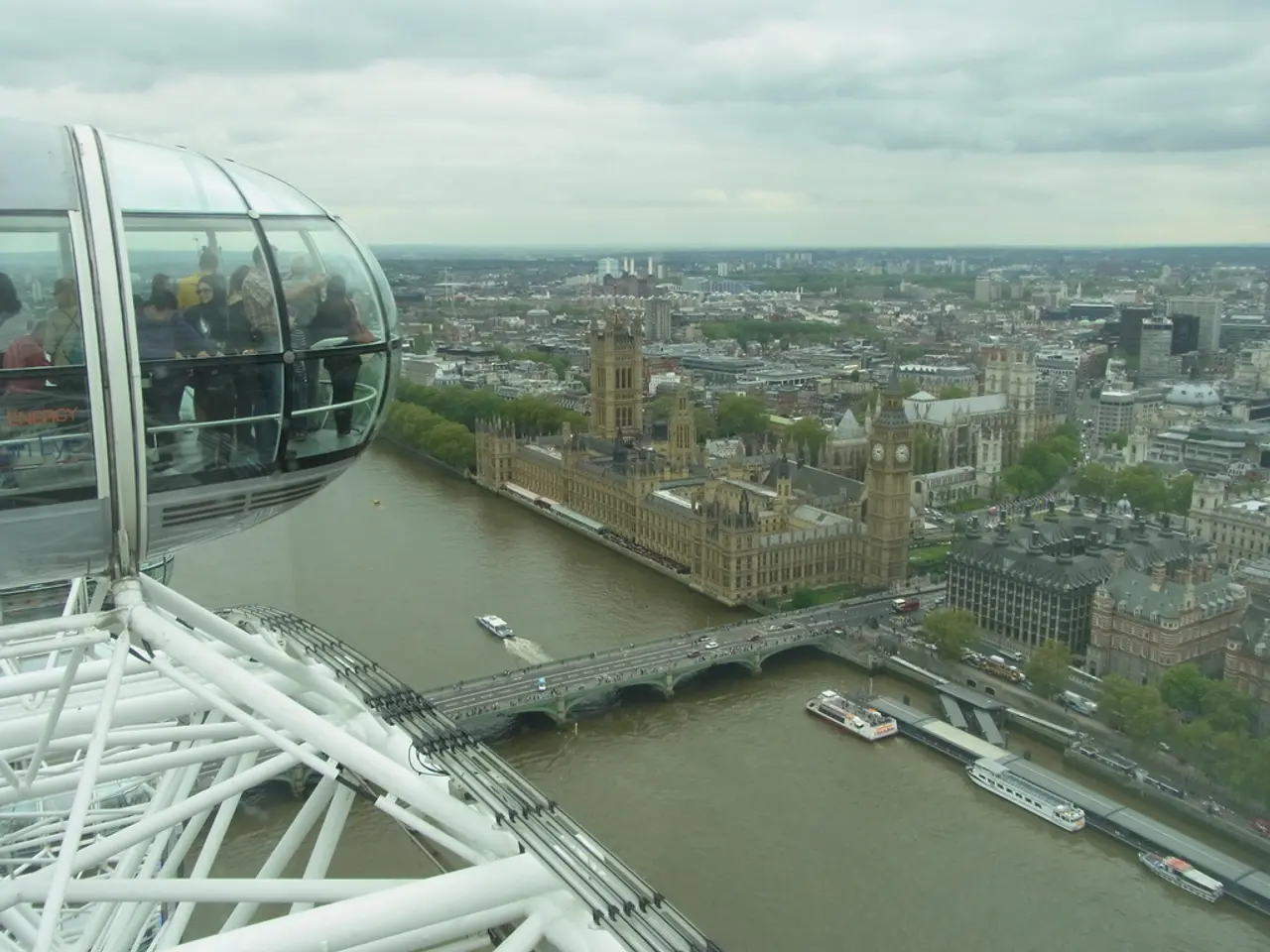Unveiling Insights about Your Regional Creative Sectors: A Step-by-Step Guide
The creative industries, a dynamic and ever-evolving sector, have long been a subject of interest for policymakers, researchers, and businesses alike. Traditional data sets and surveys have played a significant role in understanding this industry, but recent research has highlighted the need for alternative approaches to capture its nuances.
One such approach is the integration of art thinking and entrepreneurship. By introducing interdisciplinary profiles, often referred to as "innovation catalysts," these individuals facilitate creative knowledge exchange, fostering a fertile ground for innovation [1].
Another strategy involves diagnostic assessments, which employ qualitative field surveys, interviews, and case studies to map sectors and identify barriers when official data is scarce, particularly in developing economies [4]. Workshops and ethnographic methods focusing on media labor and creative AI usage are also emphasized, providing a platform to incorporate diverse, global perspectives and address methodological blind spots in research [3].
Continuous qualitative feedback channels and culture audits offer an alternative way to understand organizational dynamics, going beyond the limitations of numeric survey results [2]. Some researchers even look to job adverts as a useful data source to understand the skills required in the creative industries.
The Creative Industries, characterised by a high number of freelancers and small businesses, as well as the cutting-edge nature of its sub-sectors and jobs, can sometimes be under-served by traditional data sets. To address this, researchers have resorted to data scraping from creative companies' websites to better understand certain aspects of the industry [5].
The paper "Mapping and examining the determinants of England's rural creative microclusters" (2022) underscores the importance of existing cultural institutions and local universities offering creative subjects in supporting the development of creative industries microclusters in rural areas and towns [6]. The paper also emphasises the opportunities for growth in these regions.
The British Academy's work on Arts, Humanities and Social Sciences and their role in supporting place-based policy is highlighted in the paper "Place Based Approaches to Research Funding" (2021) [7]. This work is crucial in understanding the local creative industries, as it provides a platform for industry champions to share their experiences and evidence across the sector [8].
The Intellectual Property Office (IPO) has shown how intellectual property can be a driver of intangible assets and support regional growth through its blog post "Blog: Levelling Up: how we're helping UK businesses to build through IP" (2022) [9].
The DCMS ambition to develop a formal approach to valuing culture and heritage assets is outlined in the paper "Valuing Culture and Heritage Capital: A framework towards informing decision making" (2021) [10].
The PEC's Creative Places campaign, calling for targeted funding for creative micro clusters, is a testament to the ongoing efforts to understand and support the creative industries [1]. The paper "Supporting the Creative Industries: The Impact of the 'Preston Model' in Lancashire" (2022) further explores the potential of local procurement by anchor institutions to support creative economy microclusters [2].
For those interested in existing research on the Creative Sector, a comprehensive list of resources is available [11]. The collective efforts of organisations such as the PEC, UKRI, the CIC, and others have provided valuable insights into understanding the sector, which may be useful to those looking to understand their local creative industries.
References: [1] tandfonline.com (2025-07-31) [2] culturemonkey.io (2025-07-25) [3] iamcr.org (2025-07-18) [4] aninver.com (2025-07-15) [5] [Not provided] [6] tandfonline.com (2022) [7] britac.ac.uk (2021) [8] pec.ac.uk (2021) [9] gov.uk (2022) [10] gov.uk (2021) [11] [Not provided]
- Policymakers, businesses, and researchers acknowledge the necessity of adopting innovative methods to capture the nuances within the creative industries.
- The integration of art thinking and entrepreneurship, often referred to as "innovation catalysts," fosters creative knowledge exchange within industries.
- Diagnostic assessments employing qualitative field surveys, interviews, and case studies are used to identify barriers within sectors where official data is scarce, particularly in developing economies.
- Workshops and ethnographic methods focusing on media labor and creative AI usage help incorporate diverse, global perspectives and address methodological blind spots in research.
- Qualitative feedback channels and culture audits provide an alternative understanding of organizational dynamics beyond numeric survey results.
- Researchers have used job adverts as a data source to understand the skills required in the creative industries, given the sector's high number of freelancers and small businesses.
- Data scraping from creative companies' websites helps better understand certain aspects of the creative industries, as traditional data sets may under-serve this dynamic sector.
- Existing cultural institutions and local universities offering creative subjects play a significant role in the development of creative industries microclusters, particularly in rural areas.
- The British Academy's work on Arts, Humanities, and Social Sciences supports place-based policy and provides a platform for industry champions to share experiences across the sector.
- The Intellectual Property Office highlights how intellectual property can be a driver of intangible assets and support regional growth, and policy papers discuss developing a formal approach to valuing culture and heritage assets for decision-making purposes.







